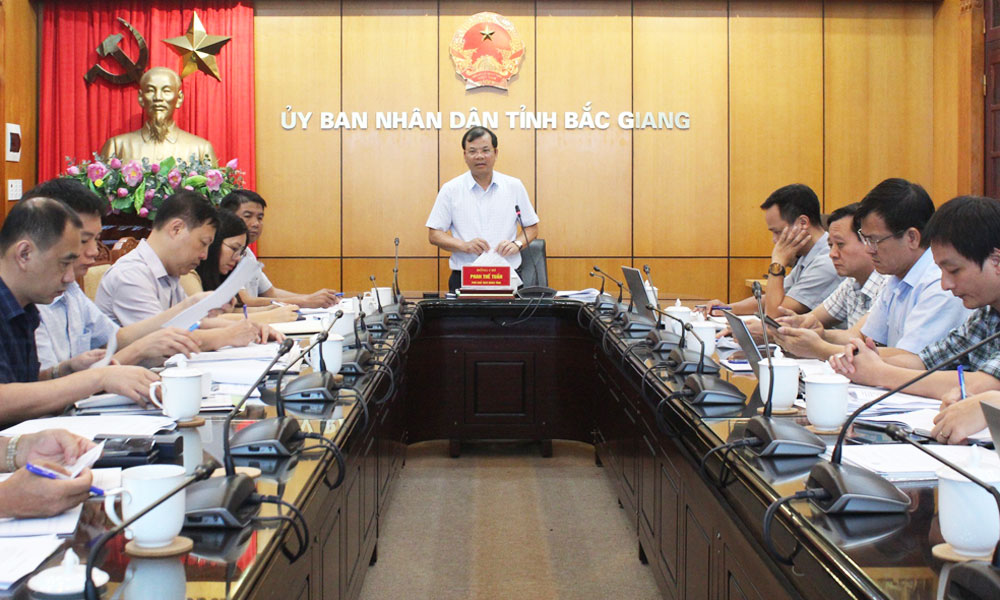Boosting sustainable development of logistics industry
Ho Chi Minh City has many favourable conditions to establish goods transit centres and link logistics activities as an international trade gateway closely connected to the Southeast, Central Highlands, and Mekong Delta region.
Building on these advantages, the city has been developing a system of warehouse infrastructure, transportation, seaports, and airports to meet the economic and social development needs of the city and the entire country.
 |
|
Vietnam's logistics service industry will have many opportunities to develop and participate more deeply in the global logistics supply chain. |
Currently, Ho Chi Minh City leads the nation in logistics development, with over 70% of logistics businesses in Vietnam concentrating in the city and nearby localities in the southern key economic region.
With a developed economy and relatively complete transportation infrastructure, the city has been evaluated as having a large potential for logistics market development, with an annual growth rate of 14-16%.
The logistics industry currently contributes about 9% to the city’s GRDP and is on the rise. It is forecast that within the next ten years, the development of the logistics sector will help the city become a key production and service hub in the region, with the potential to boost exports and develop a large-scale commercial economy.
Despite being considered the country’s most developed logistics hub, the city’s logistics industry faces several challenges, particularly in terms of inadequate infrastructure, a shortage of human resources, low service quality, and unmet market demand. These challenges hinder the industry’s ability to fully exploit its potential.
Recently, during the 2024 Policy Dialogue Programme co-organised by Ho Chi Minh City and the Vietnam Business Forum (VBF), many foreign investors shared their concerns that the city’s logistics infrastructure does not meet demand, with frequent traffic congestion at airports and seaport access roads, as well as traffic jams on highways.
Limited seaport and warehouse infrastructure lead to high logistics costs in Ho Chi Minh City and nationwide, and these costs account for about 25% of GDP and 30-35% of product costs, significantly higher than the global average of 10-12%.
In the project “Developing the logistics industry in Ho Chi Minh City by 2025, with a vision to 2030,” the city aims to achieve a 15% growth rate in logistics service revenue by 2025 and 20% by 2030.
The logistics sector’s contribution to the city’s GRDP is targeted at 10% by 2025 and 12% by 2030. The city is also formulating a strategy to make logistics a key economic sector, with an increasing share in the city’s GRDP structure.
To achieve these goals, the city plans to raise the proportion of urban land allocated for transportation to 15% (currently over 12%) and increase the road density to 2.5 km/km² (currently 2.2 km/km²) in the near future.
In addition, the city is implementing the construction of Belt Road 3 and is preparing to invest in Belt Road 4 and the expansion of National Highway 1, National Highway 1K, and regional expressways.
As for urban railways, Metro Line 1 could be completed this year, and Metro Line 2 is expected to be implemented and finished between 2026 and 2030. Ho Chi Minh City is also planning to build eight logistics centres with a total area of over 750 hectares in Thu Duc City, Cu Chi District, Binh Chanh District, Nha Be District, Hoc Mon District, and others.
Ho Chi Minh City needs to develop a strategy to gradually integrate its logistics industry into the global supply chain, promoting the formation of green, modern supply chains that meet the requirements of international economic integration.
To achieve this, the city must resolve bottlenecks related to transportation infrastructure, warehouse systems, and seaports while implementing green logistics solutions.
Priorities include projects that apply 4.0 technology, high-tech solutions, digital transformation, green energy use, and environmental protection measures.
The city should also focus on training high-quality human resources. This is a core factor in turning logistics into a key, sustainable, efficient, and high-quality economic sector with high added value, capable of competing in the region and the world.
 Bắc giang
Bắc giang















Reader's comments (0)